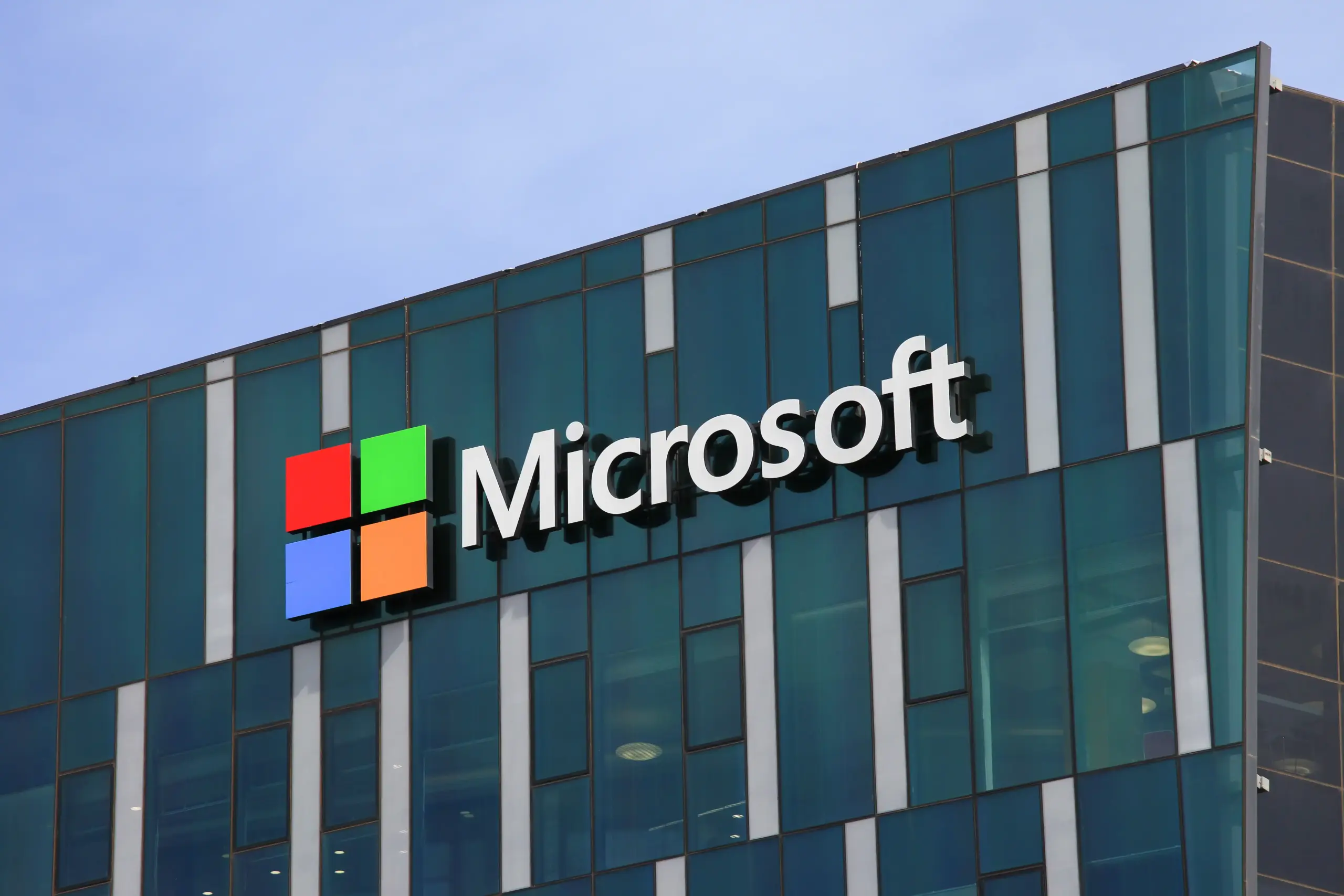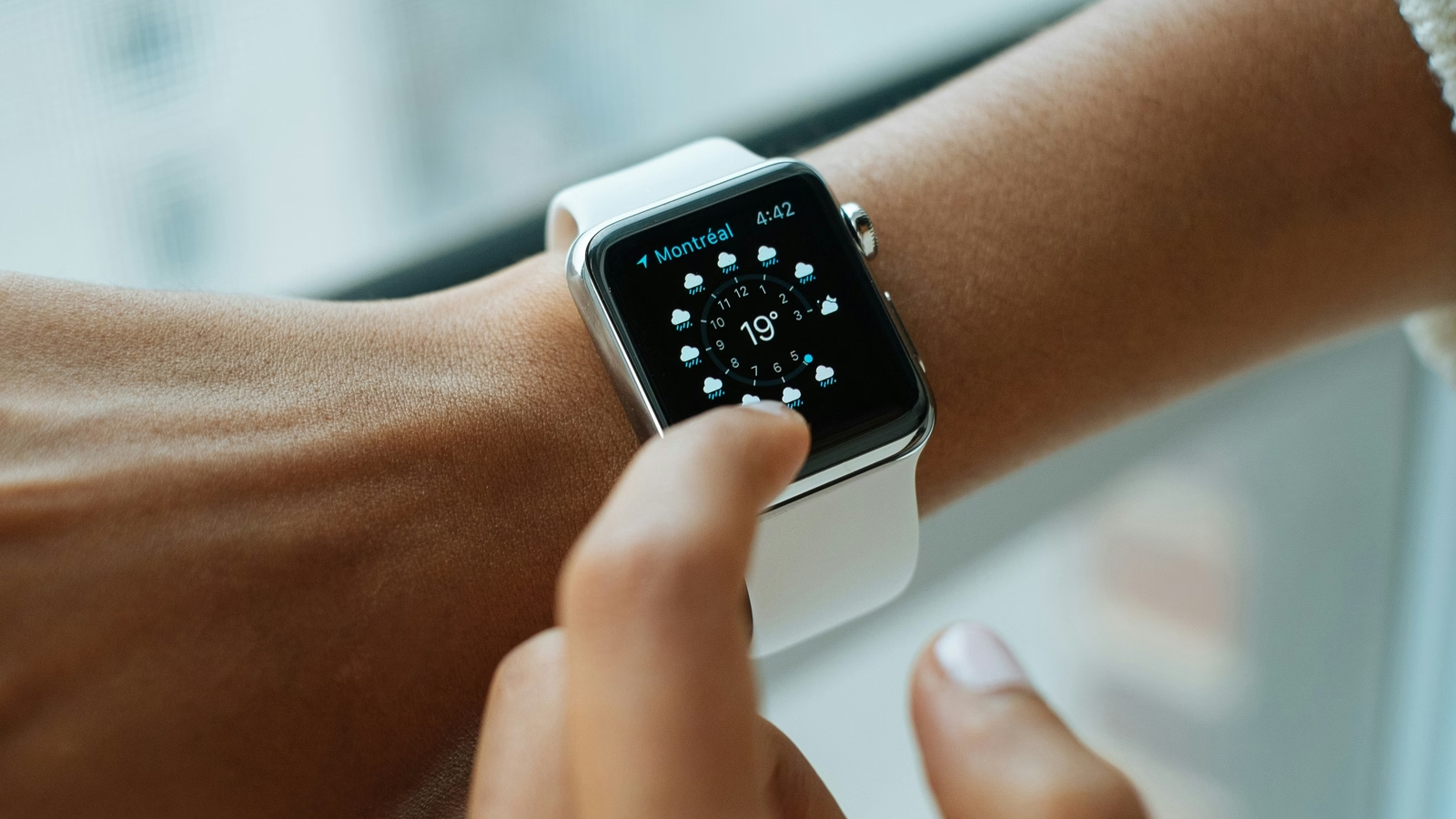Remote work has become increasingly popular in recent years, and the COVID-19 pandemic has only accelerated this trend. While remote work offers many benefits, it also presents some unique security challenges. Cybercriminals are constantly developing new ways to exploit vulnerabilities in remote work environments, and it is important for businesses to take steps to protect their employees and data.
Here are five efficient ways to keep your remote team safe from cyber threats:
Provide security awareness training
One of the best ways to protect your remote team from cyber threats is to provide them with security awareness training. This training should teach employees how to identify and avoid common cyber threats, such as phishing emails, malware, and social engineering attacks.
Employees should be trained on the following:
- How to identify phishing emails
- How to spot malware
- How to avoid social engineering attacks
- How to create and use strong passwords
- How to keep their devices and software up to date
Implement a security policy
A security policy is a set of rules and procedures that govern how employees should handle sensitive data and protect themselves from cyber threats. The policy should be clear, concise, and easy to understand.
The security policy should cover the following topics:
- Acceptable use of company devices and software
- Password management
- Data security procedures
- Incident response procedures
Use a VPN
A VPN (virtual private network) encrypts all traffic between a remote device and the company network. This helps to protect data from being intercepted by cybercriminals.
All remote employees should be required to use a VPN when connecting to the company network.
Keep devices and software up to date
Software updates often include security patches that can help to protect devices from known vulnerabilities. It is important to keep all devices and software up to date, including operating systems, web browsers, and security software.
Use a multi-factor authentication (MFA)
MFA adds an extra layer of security to accounts by requiring users to enter two or more factors of authentication, such as a password and a one-time code from their phone.
All remote employees should be required to use MFA to access company accounts and data.
Tips for remote employees
In addition to the above measures, remote employees can also take steps to protect themselves from cyber threats:
- Use strong passwords and two-factor authentication for all accounts.
- Be careful about what information you share online.
- Be wary of unsolicited emails and phone calls.
- Do not click on links in emails or open attachments from unknown senders.
- Keep your devices and software up to date.
- Use a VPN when connecting to public Wi-Fi networks.
By following these tips, businesses and remote employees can help to protect themselves from cyber threats.
Conclusion
Cyber threats are a serious risk for all businesses, but they can be especially dangerous for businesses with remote employees. By taking the steps outlined above, businesses can help to protect their remote teams from cyber attacks.









